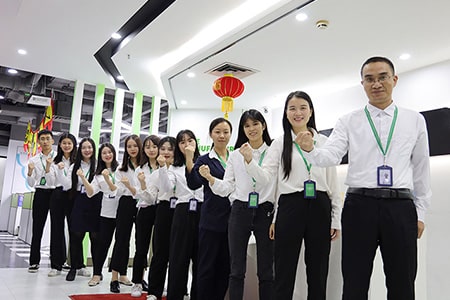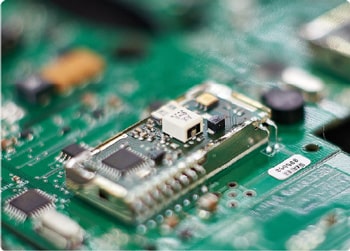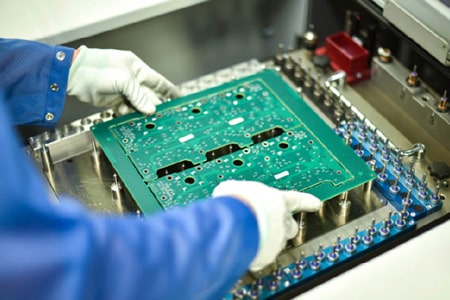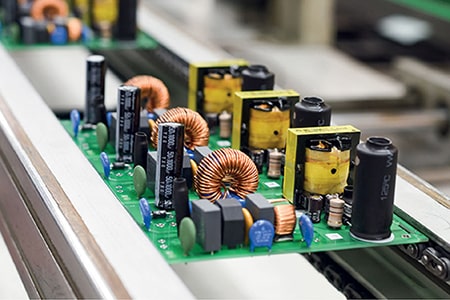Each circuit board passes through a complete testing mechanism. The testing processes include in-circuit testing and 100% functional testing. Further, we look at calibration/ adjustment, parameter setting, optoelectronic assembly controls.
- SPI (Solder Paste Inspection)
- AOI (Automated Optical Inspection)
- X-ray (Automated X-ray Inspection)
- Flying Probe
- HP TestJet Technology
- ICT (In-Circuit Test)
- Life Cycle Testing
- Screening Techniques
- ESS (Environmental Stress Screening)
- HALT (Highly Accelerated Life Test)
- HASS (Highly Accelerated Stress Screening)
- Test Development
- Visual Inspection




























